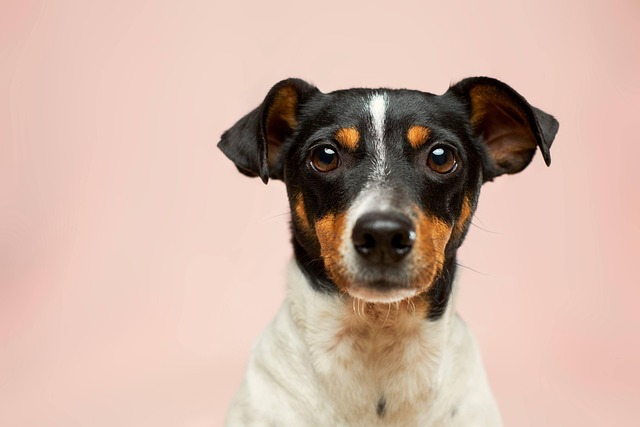
What are the complications of Cushing's disease in dogs?
Cushing's disease in dogs often flies under the radar until subtle symptoms snowball into bigger issues, and many owners don’t realize how it can ripple through their pet’s health.
It’s a sunny Saturday morning, and you’ve just returned from your first trip to the community dog park with your new Golden Retriever puppy. By evening, you notice him gnawing at his paw, and when you check, there’s a red, weepy hot spot forming. Panic flickers—did he catch this from that playful Lab he wrestled with at the park? For new dog owners, especially those navigating the world of puppy playdates and shared green spaces, this question weighs heavy. Let’s set the record straight: Hot spots on dogs aren’t contagious, but understanding why helps you keep your pup—and the neighborhood dogs—happy and healthy.
Hot spots, those irritated patches of inflamed skin, develop when a dog’s skin barrier gets compromised, like a small crack in a protective shield. This breakdown usually starts with excessive licking, scratching, or rubbing—often sparked by something specific to your dog, like grass allergies, a rogue flea bite, or even stress from a new home. Once the skin is broken, bacteria that normally live harmlessly on their coat multiply, causing redness and oozing. Unlike contagious conditions such as parvovirus or ringworm, hot spots aren’t caused by pathogens that spread between animals. That Lab at the park didn’t “give” your puppy a hot spot, though if they both rolled in the same pollen-heavy grass, they might each develop their own from the shared trigger.
When managing hot spots, focus on calming the irritation rather than isolation. Start by gently trimming the fur around the area with blunt scissors to keep it clean—no need for a full shave, just enough to see the spot clearly. Clean it with a vet-approved antiseptic wipe, dabbing softly to avoid pain. Follow with a soothing, dog-safe ointment (skip human products like hydrocortisone cream, which can be toxic) and pop on an Elizabethan collar to stop licking. For prevention, brush thick-coated breeds like Goldens once a week to catch early irritation, and dry their paws thoroughly after rainy walks—trapped moisture is a hot spot’s favorite fuel.
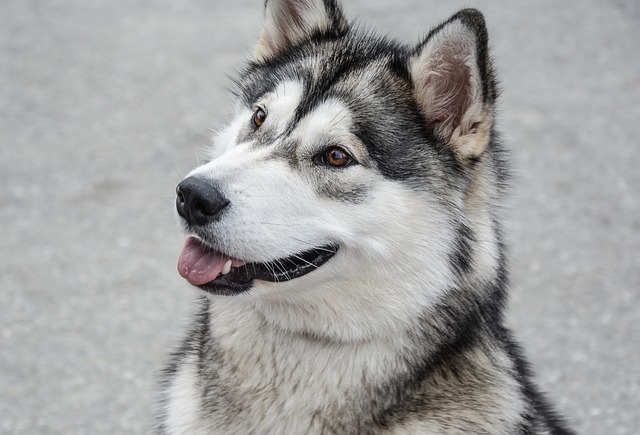
As a U.S. dog owner, responsible care means more than treating hot spots. Ensure your pup’s rabies vaccine is current—states like Florida and Washington mandate it by law, and most groomers or boarding facilities will ask for proof. When at the dog park or on walks, always carry poop bags; cities like Seattle enforce fines up to $250 for leaving waste, and it’s basic park etiquette.
Culturally, remember that scolding your dog for licking hot spots only adds stress, which can make them lick more. They’re not misbehaving—they’re in discomfort. Instead, redirect their attention with a treat-stuffed toy or a quick “sit” training session using positive reinforcement. In apartments, keep their bed away from drafty windows (cold air can dry skin) and stick to quiet playtimes to avoid disturbing neighbors. When meeting other dogs, always ask their owner first before letting your pup approach—good manners make every walk more enjoyable.

Cushing's disease in dogs often flies under the radar until subtle symptoms snowball into bigger issues, and many owners don’t realize how it can ripple through their pet’s health.
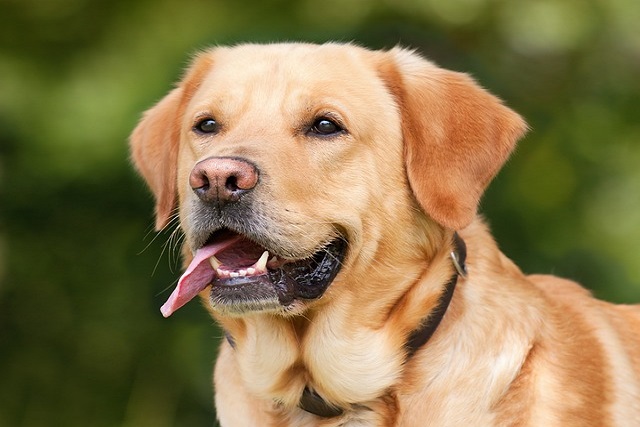
I stood with my friend Jake in a Denver pet store last weekend, where he held two bags of dog food—one labeled “grain-free” for $80, the other with whole wheat for half the price
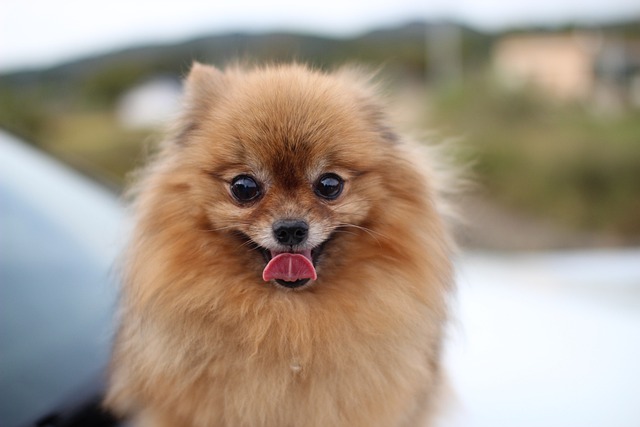
I stood with my friend Carlos in his Phoenix driveway last July, panic rising as his 4-year-old Golden Retriever, Buddy, collapsed on the concrete
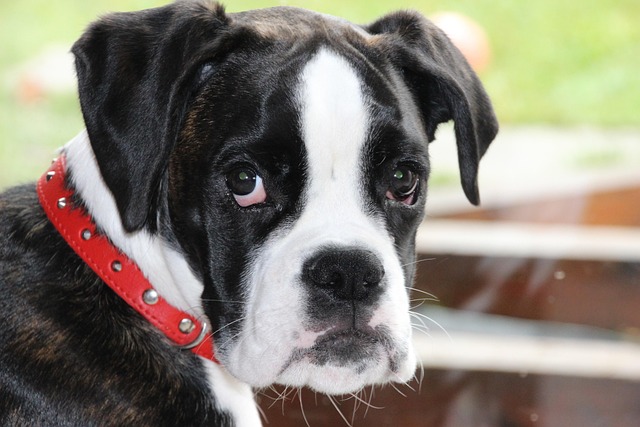
Itchy skin in dogs often gets brushed off as a minor annoyance, but it can signal underlying vitamin gaps. One common culprit is vitamin A deficiency—this nutrient keeps skin cells healthy and helps maintain the outer protective layer.
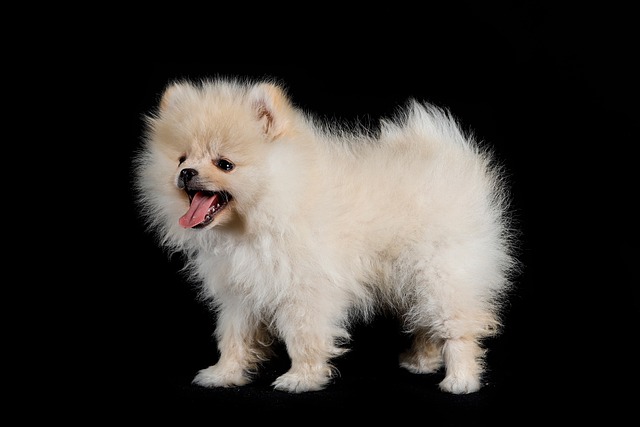
I sat with my friend Sarah on her Portland apartment floor last week, watching her 2-year-old Poodle mix, Milo, scratch his belly until the fur turned patchy
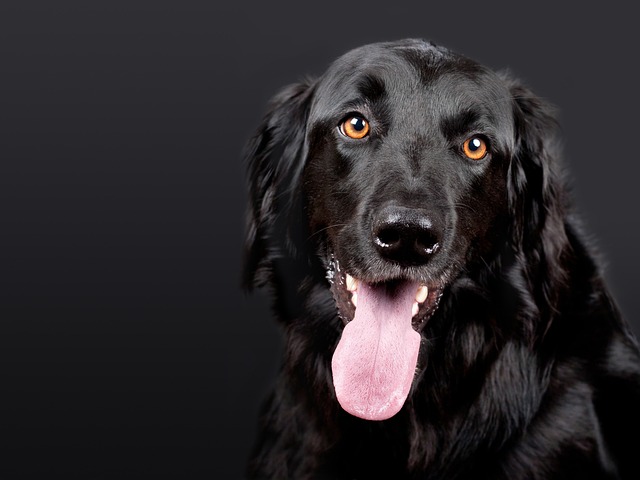
When your dog starts coughing more than usual or seems to struggle with every breath, it’s easy to feel worried—and for good reason.